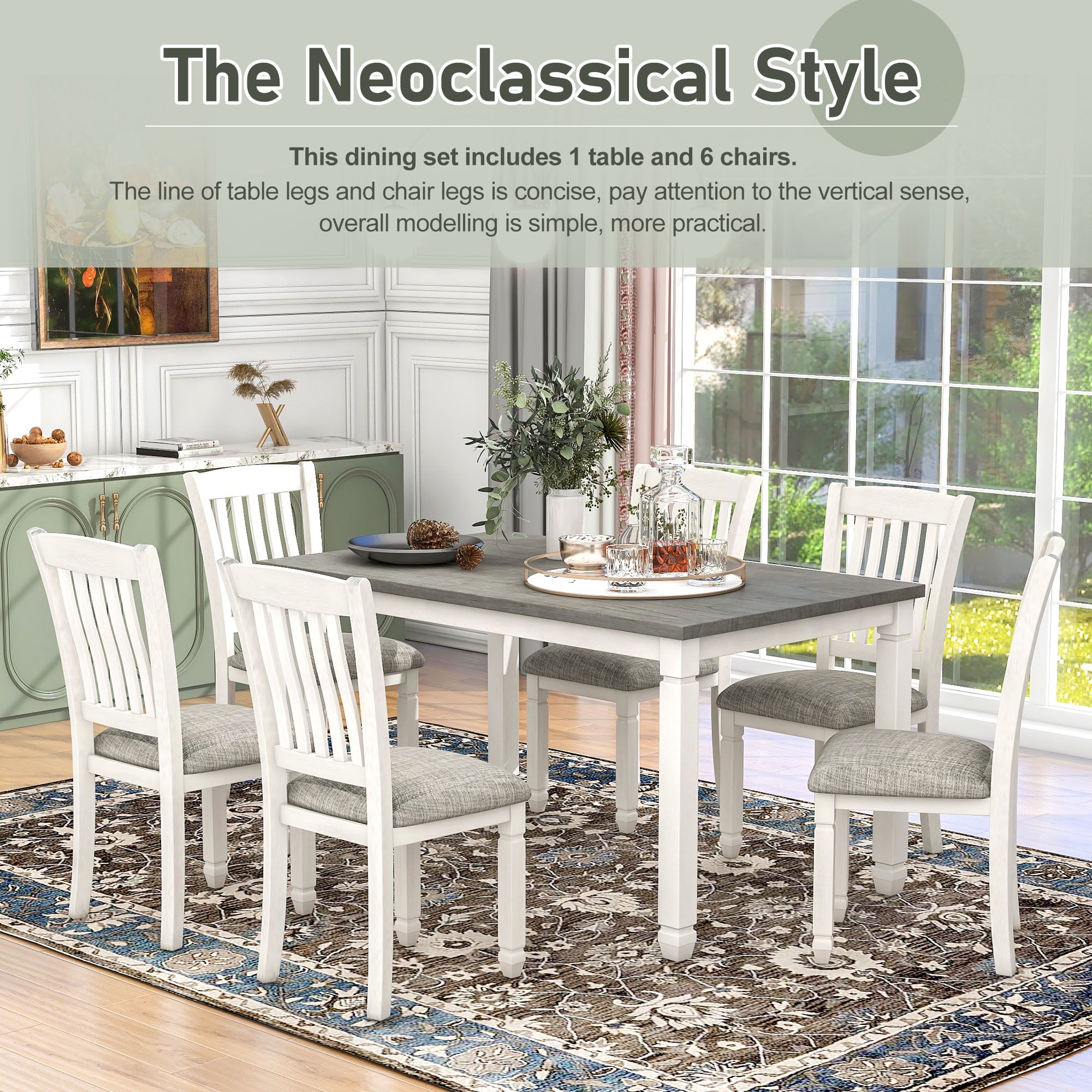From Conventional to Modern: Find the Ideal Dining Space Table Legs for Your Style
While timeless layouts such as cabriole and transformed legs evoke a sense of timeless sophistication, modern designs like hairpin and geometric choices offer a possibility for striking visual rate of interest. As you consider these aspects, the question remains: exactly how can you perfectly incorporate these diverse leg designs to produce an unified dining experience?
Comprehending Table Leg Styles
The range of dining area table leg styles can substantially affect both the aesthetics and capability of the space. Each leg style contributes distinct visual components and useful functions, satisfying diverse layout preferences and use demands. Comprehending these designs is important for picking the ideal eating table that straightens with your total interior layout vision.
For instance, tapered legs provide a clean, traditional appearance that can boost a space's beauty, while pedestal bases supply security and take full advantage of legroom, making them perfect for smaller sized spaces. Barrette legs, a hallmark of mid-century contemporary style, present an industrial flair, enabling a ventilated, open feel. Trestle legs stimulate rustic charm, supplying robust assistance and a sense of eternity.
Wooden legs can bring warmth and appearance, whereas metal alternatives often communicate a sleek, contemporary vibe. Ultimately, comprehending table leg styles is essential for producing a cohesive eating area that reflects individual design while guaranteeing usefulness and convenience.
Traditional Table Leg Options
When picking eating area table legs, conventional choices usually personify classic sophistication and workmanship. These designs mirror an abundant heritage and a dedication to quality, making them optimal for those who appreciate classic appearances.
Among one of the most iconic traditional leg designs is the cabriole leg, identified by its graceful curved shape. This layout typically includes decorative carvings and is most generally found in Queen Anne and Chippendale furnishings. One more popular alternative is the transformed leg, which boasts a collection of smooth, rounded forms that give a classic look while maintaining security.
Additionally, the straight leg, while basic, uses a sturdy and unadorned framework that can mix seamlessly with a selection of tabletop designs. For those attracted to ornate describing, claw-and-ball feet legs stimulate a feeling of splendour and can serve as a stunning centerpiece in any type of dining room.
Last but not least, pedestal bases, although not strictly legs, supply a different standard alternative that enables ample legroom and can be beautifully carved. Each of these standard leg designs adds to the total setting of a dining-room, weding function with visual allure.
Modern Table Leg Designs
Modern table leg styles provide a varied series of designs that highlight clean lines and innovative products. These styles typically prioritize functionality while working as striking centerpieces within an eating room. Minimalist looks prevail, with legs crafted from materials such as steel, glass, and engineered wood, which contribute to a modern and airy feel.
One prominent design is the barrette leg, identified by its slender, tapered structure that supplies security without overwhelming the table top (dining room table legs). This style is frequently located in mid-century modern furnishings and can easily complement numerous eating table shapes. An additional pattern is the use of geometric forms, where legs may handle unbalanced or angular kinds, adding aesthetic interest and a touch of artistry

Blending Designs for Special Areas
Usually, house owners look for to create one-of-a-kind eating areas that reflect their personal style by mixing numerous layout elements. This strategy enables the incorporation of varied appearances, causing a harmonious yet unique setting. Pairing a rustic wooden table with sleek, modern metal legs can develop a captivating contrast that boosts the area's overall charm.
Furthermore, incorporating vintage table legs with contemporary tabletops can stimulate a sense of history while preserving a contemporary perceptiveness. Such mixes not only showcase private preference yet also motivate creative thinking, allowing house owners to curate a space that feels both individual and inviting.
Shade plays an important duty in this mixing procedure; choosing table legs that match or comparison with the existing color design can boost visual rate of interest. Whitewashed legs can soften the boldness of a dark table surface area, creating a balanced aesthetic.
Tips for Picking the Right Legs
Picking the right table legs is necessary for attaining both capability and aesthetic charm in your eating space. Begin by taking into consideration the total design of your area. more tips here Conventional setups gain from legs that include complex carvings or turned styles, while contemporary areas might ask for smooth, minimalist designs.
Following, examine the elevation and stability of the legs. dining room table legs. Basic table range between 28 to 30 inches in elevation, so ensure the legs enhance this measurement for comfort. In addition, robust products, such as hardwood or steel, can boost security and long life
Review the leg form as well-- alternatives consist of directly, tapered, or stand layouts. Straight legs provide a classic appearance, while get more conical legs can add a touch of style. Pedestal bases offer ample legroom and are optimal for smaller rooms.
Conclusion
In summary, selecting the perfect dining area table legs calls for mindful factor to consider of both typical and modern-day styles. By harmonizing leg design, height, and product with the general design, a cohesive and welcoming atmosphere can be attained.
The range of eating area table leg designs can considerably influence both the aesthetic appeals and capability of the area. Eventually, recognizing table leg styles is necessary for creating a cohesive eating location that reflects personal design while making certain functionality and comfort.One of the most iconic standard leg designs is the cabriole leg, identified by its stylish bent form. Straight legs offer a classic look, while tapered legs can add a touch you could try these out of beauty.In recap, selecting the suitable eating space table legs calls for mindful consideration of both traditional and contemporary designs.